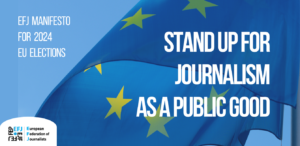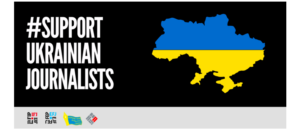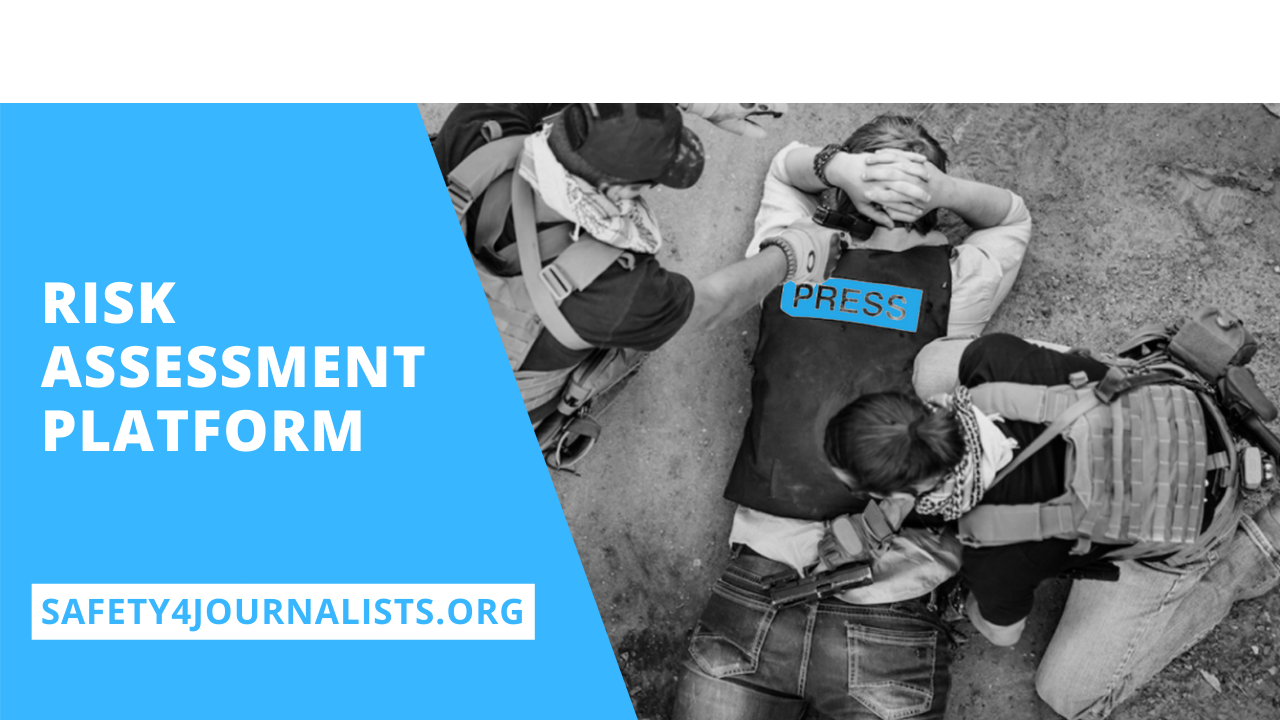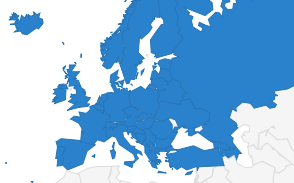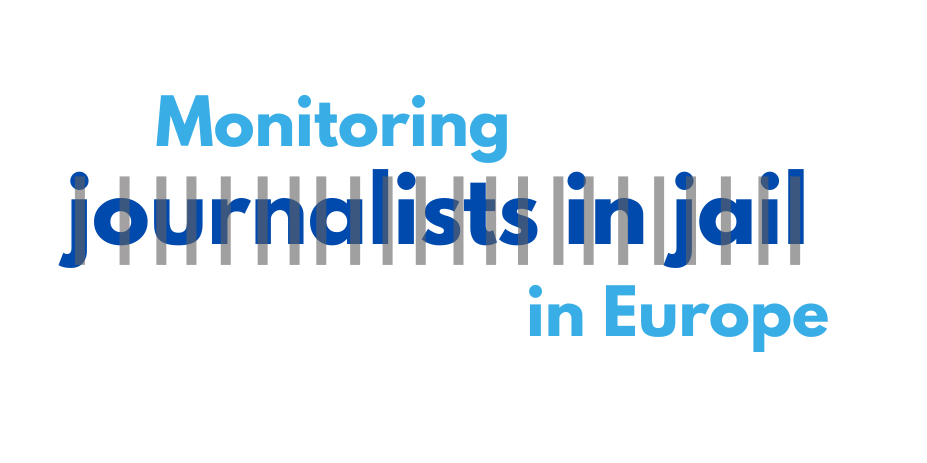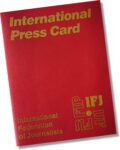Fact-finding mission to the Baltics: no “fake news” but blurring lines between journalism and advertising

Journalism is under tremendous economic pressure in the Baltics. This opens the door to political influence and PR. The governments of Estonia and Lithuania answer this with very different approaches.
The European Federation of Journalists (EFJ) and the European Centre for Press and Media Freedom (ECPMF) investigated the media situation in Estonia and Lithuania from 22-24 January 2018. They interviewed almost 30 experts, among them representatives from the government, academia, press councils, public service media, journalists’ organisations, investigative journalists, editors-in-chief and CEOs.
First, the good news: concerning media freedom and pluralism, Estonia and Lithuania are doing comparatively well. Considering the small populations – Estonia with 1.3 million and Lithuania with 2.8 million inhabitants – both media markets show a variety of opinions, outlets and media ownership, though media concentration is rather high. In addition, both states provide strong public broadcasting that stands for quality journalism and enjoys broad acceptance.
Partly due to special services of the public broadcasters, the Russian speaking minorities of both countries seem to integrate more and more into the native populations. Experts claim that the younger generation, up to the age of 25, are already well integrated. According to the mission’s findings, the biggest problem is neither fake news nor Russian propaganda, but the economic pressure on media that opens the door to “paid articles”.
In Estonia, media policy is officially formulated as being liberal, and the mission lacked a vision of how to support professional journalism in a small country with immense commercially-driven media. “Our regulation is deregulation”, said audiovisual adviser Mati Kaalep during a meeting with the delegation in the Ministry of Culture. From the governmental side, media is regarded as an industry, not as part of culture or a good that needs protection.
The management of Eesti Meedia, the largest media group in Estonia, formerly owned by Schibsted, said that they run their daily “Postimees” as a journalistic flagship which produces financial deficits while all other services follow a strict business model. “Our cross-ownership model allows real journalism to be financed. Journalism is journalism and media is media”, said Eesti Meedia CEO Sven Ruutland.
The lack of profitability of quality journalism has severe consequences when it comes to local and regional media. In Estonia in particular, so called “municipal news” compete with what is left of local and regional media. More or less PR-newspapers are owned by local economic and political elites, and are disseminated for free. Nevertheless, the Estonian government sees no reason to intervene.
In contrast, in Lithuania the new government coalition – which includes the Lithuanian Farmers and Greens Union – seems to seek more control over the media sector, in particular the Lithuanian National Radio and Television (LRT). Without prior reason, the ruling party installed a parliamentary committee to investigate the financial transparency of the public broadcaster. The Ministry of Culture in Lithuania is launching a media council with all media stakeholders, including those from universities and journalists’ unions, to discuss media literacy, transparency of ownership, diversity of content, media concentration and fake news – something potentially very constructive and unheard of in Estonia.
While the EFJ and the ECPMF appreciate the efforts to create more transparency at the national broadcaster, both organisations warn the government not to misuse such a parliamentary committee for political purposes to harm the public service broadcaster. The EFJ and the ECPMF note that the European Broadcasting Union (EBU) had already warned in December 2017 that “the requirement to disclose confidential information raises concerns about the independence of LRT.”
Also in Lithuania, the delegation could not detect any dangers that the public sphere might be distorted by propaganda and fake news. The Russian minorities in both countries are divided into the younger, quite integrated generation, and the older generation which is more focused on Russia and Russian media. The EFJ and the ECPMF do believe that the Russian minority media and journalists in Estonia should be more integrated and better supported.
The mission participants included EFJ director Renate Schroeder; EFJ vice president Nadezda Azhgikhina; and ECPMF managing director Lutz Kinkel. EFJ affiliates Helle Tiikmaa, president of the Estonian Association of Journalists, and Dainius Radzevičius, President of the Lithuanian Journalists’ Union (LŽS), helped to organise and accompany the mission.
A detailed report about the findings of this fact finding mission with a set of recommendations for each country will be published soon. This project is supported by the European Commission.
Photo credit: Dainius Radzevičius

